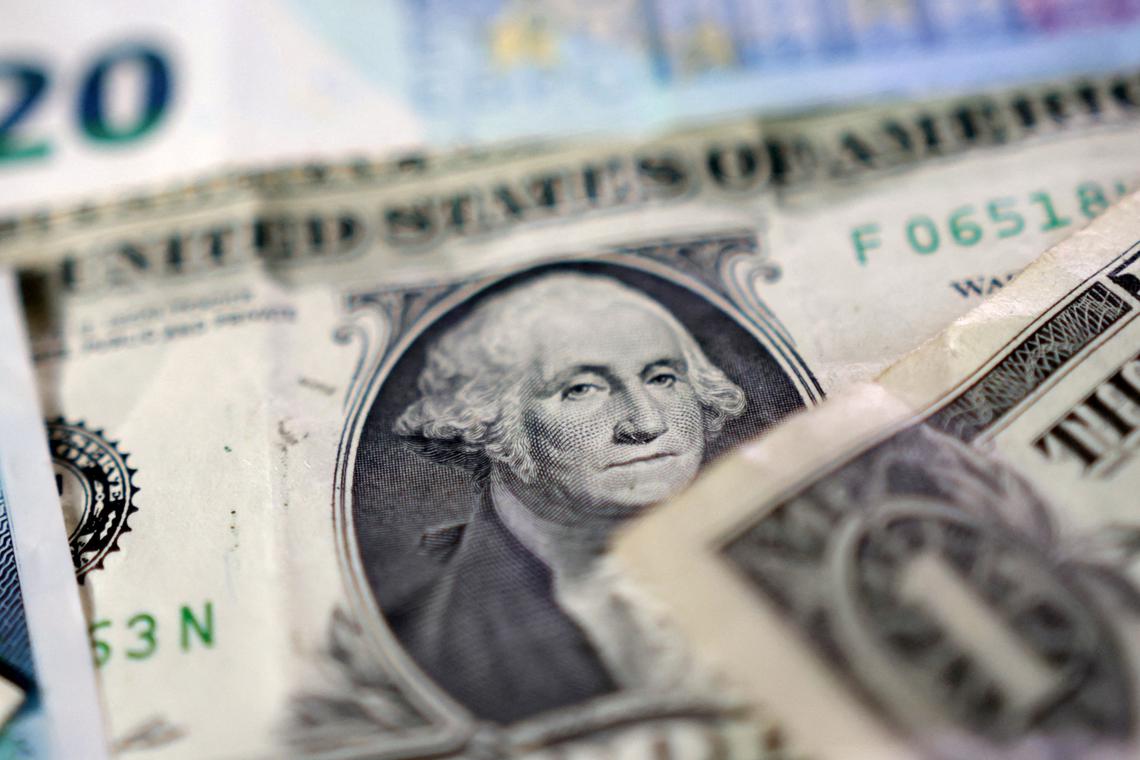NEW YORK – Global debt rose by around US$7.5 trillion in the first three months of the year to hit a record high of over $324 trillion (S$417 trillion), data from a banking trade group showed on May 6.
The Institute of International Finance (IIF) said China, France, and Germany were the largest contributors to the global debt increase, while debt levels declined in Canada, the UAE, and Turkey.
“While the sharp depreciation of the US dollar against major trading partners contributed to the increase in the USD value of debt, the Q1 rise was more than quadruple the average quarterly increase of US$1.7 trillion observed since the end of 2022,” the IIF said in its Global Debt Monitor.
The global debt-to-output ratio continued to move slowly lower, standing just above 325 per cent. However, in emerging markets the ratio hit a record high at 245 per cent.
Total debt in emerging markets rose by over US$3.5 trillion in the first quarter to a record high of more than US$106 trillion. China alone accounted for over US$2 trillion of the rise, according to the IIF. China’s government debt-to-GDP is at 93 per cent and is expected to hit 100 per cent before the end of the year.
Emerging market debt outside China also hit a nominal record, with Brazil, India and Poland seeing the largest increases in the dollar value of their debt. Yet the debt-to-GDP ratio of emerging markets ex-China fell to below 180 per cent, some 15 percentage points below the record high, the IIF said.
Importantly, emerging markets face a record US$7 trillion in bond and loan redemptions during the rest of 2025, while for developed economies, the number stands near US$19 trillion.
Eyes on America
The weaker dollar has worked as a buffer across developing economies, limiting the impact in emerging markets of the spike in volatility triggered by US President Donald Trump’s trade war.
“However, if policy uncertainty persists for a prolonged period, fiscal policy may need to become increasingly accommodative – particularly in countries with strong trade linkages to the US,” the IIF said.
There was also concern about US debt levels and what large financing needs from the world’s top economy, triggered partially by a tax cut push, could do to US yields.
“A sharp rise in the supply of US Treasuries would put upward pressure on yields and significantly increase government interest expense,” the IIF said.
“In such a scenario inflation risk would also rise.”
Tariffs are seen by the Trump administration as a way to patch the budget hole left by the expected tax cuts, but uncertainty surrounding trade policy and erratic implementation has slowed business spending and weighed on US growth.
“There is also the possibility that (a 10 per cent universal) tariff could ultimately reduce government revenues if it triggers foreign retaliation,” the IIF report said. REUTERS
Join ST’s Telegram channel and get the latest breaking news delivered to you.







